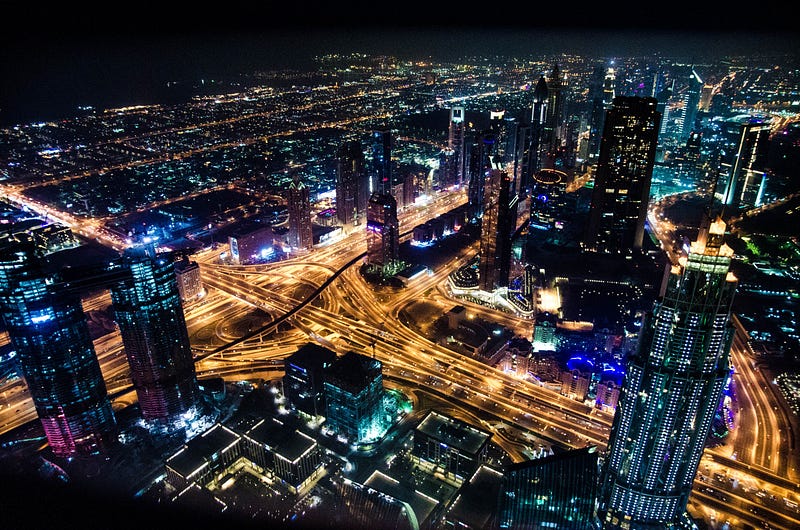To all posts
From Wi-Fi to Li-Fi, the Future is Bright

We have all come to know and love Wi-Fi, but how many of you are familiar with its distant cousin, Li-Fi? Earlier this year, an office in France became the first company in the world to use Li-Fi, which provides employees with broadband internet through light.
What is Li-Fi exactly?
Li-Fi, or Light Fidelity, is a Visible Light Communication system that can run wireless communication at very high speeds. The University of Edinburgh published a paper summarizing the modulation techniques for LiFi, stating, “LiFi is cellular wireless networking (re)using lights. Specifically, light emitting diodes (LEDs) are used in LiFi as visible light transmitters. This means future lighting systems fulfil two functions: high speed wireless networking and illumination. LiFi supports multiuser access and handover to enable mobile services.”
Advantages
– Accessibility: Availability is as simple as having a light source. Light bulbs are already in every room in our homes and offices, which means that we would have access to high speed connections everywhere.
– Efficiency: Since buildings are already light equipped, rolling out this new form of internet would be a very fast and simple process.
– Security: Increased security is an obvious plus for Li-Fi since only the users with direct access to the light can use the internet since light cannot travel through surfaces.
– Health: Li-Fi doesn’t require the electromagnetic waves we have come to expect from our current usage, which could save us from any harmful effects of long-term exposure.
Disadvantages
– Flexibility: Since light cannot penetrate surfaces, Li-Fi’s range would be confined to one specific area. This could be a downfall when for a big office, or people who work on the go.
– Interference: Other lights can interfere with your signal, including sunlight. Using the internet outdoors could pose a serious problem for a reliable connection.
– Limits: Since light is needed in order to have internet access, those areas not equipped with light or with poor connections would not be able to have internet.
What We Can Expect

While this new technology is intriguing and getting the attention of people worldwide, it will be a long time until this becomes our new norm. It has already started to be implemented in offices, as seen in France, but the overall progression has been a slow one. It is definitely a technology to keep your eye out on in the future. Futurism created an infographic breakdown with more information for those who want to know as much as they can.
While Wi-Fi is still king, download WiFi Map today to get access to free wi-fi worldwide!


